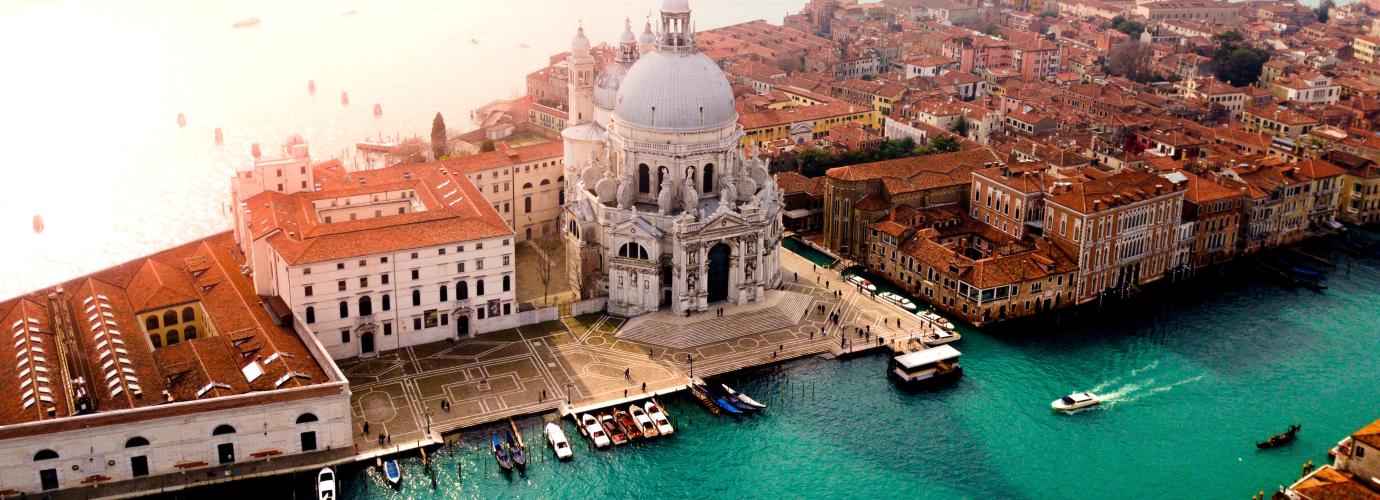In the last two decades, several governments, coming from opposite political coalitions, have been in power. This alternation of opposite governments has also affected the education system. In fact, after a first reform of several sectors of the education system, introduced in the late 1990s a second reform process of the whole education system was approved through law n. 53 of 28 March 2003.
In 2007, the duration of compulsory education was extended up to 10 years, corresponding to 16 years of age of pupils (law 296/2006 and DM 139/2007).
In 2008, important changes were introduced in the education system, through a public expense reduction plan (law 133/2008) and the subsequent urgent measures on education (law 169/2008). Some of these changes foresee the re-organisation of the second cycle of education, implemented in school year 2010/2011, and also the reform of the initial teacher training and of the higher education system.
In the period 2011-2013, policies on education concentrated on the digitalisation of the school with compulsory online enrolments and on boosting the use of digital books.
Since 2013, policies on education have mainly concerned the reduction of ELET, the quality assurance of the education and training system and the recruitment and conditions of service of teachers.
The most recent reform has been introduced with law 107/2015: it basically boosted the powers of school heads, introduced a teacher evaluation system and compulsory traineeships at upper secondary level. The subsequent implementation decrees, published in 2017, focused in particular on initial teacher education, early childhood education and care, inclusion of pupils with special educational needs.
In the period 2017-2020, no reforms were introduced but, instead, the governments in force introduced measures that amended some specific aspects of the reform of 2015, e.g. ITE for secondary teachers, final State examinations and compulsory traineeships at upper secondary level.
In 2020-2021, due to the Covid-19 pandemic, most of the efforts in education have focussed firstly on how to organise schools to stay safely open, after the long lockdown period. Then, measures have been taken to guarantee teaching at school, at least for younger pupils and to organise the final State exams at the end of lower and upper secondary education, which have been affected by a long period of distance learning.
In year 2021, the GDP value was equal to 1 775 000 million euro, with a 7.2% increase in comparison with year 2020 and an increase of 6.6% in terms of volume.
Table 1 - Public expenditure on education as a % of total GDP
| 2000 | 4.55% |
| 2005 | 4.41% |
| 2019 | 3.6% |
Source: ISTAT – Annuario statistico italiano 2022, Ch. 7 (data on public expenditure on education), Ch. 12 (data on GDP).
Contents revised: 7 March 2023

